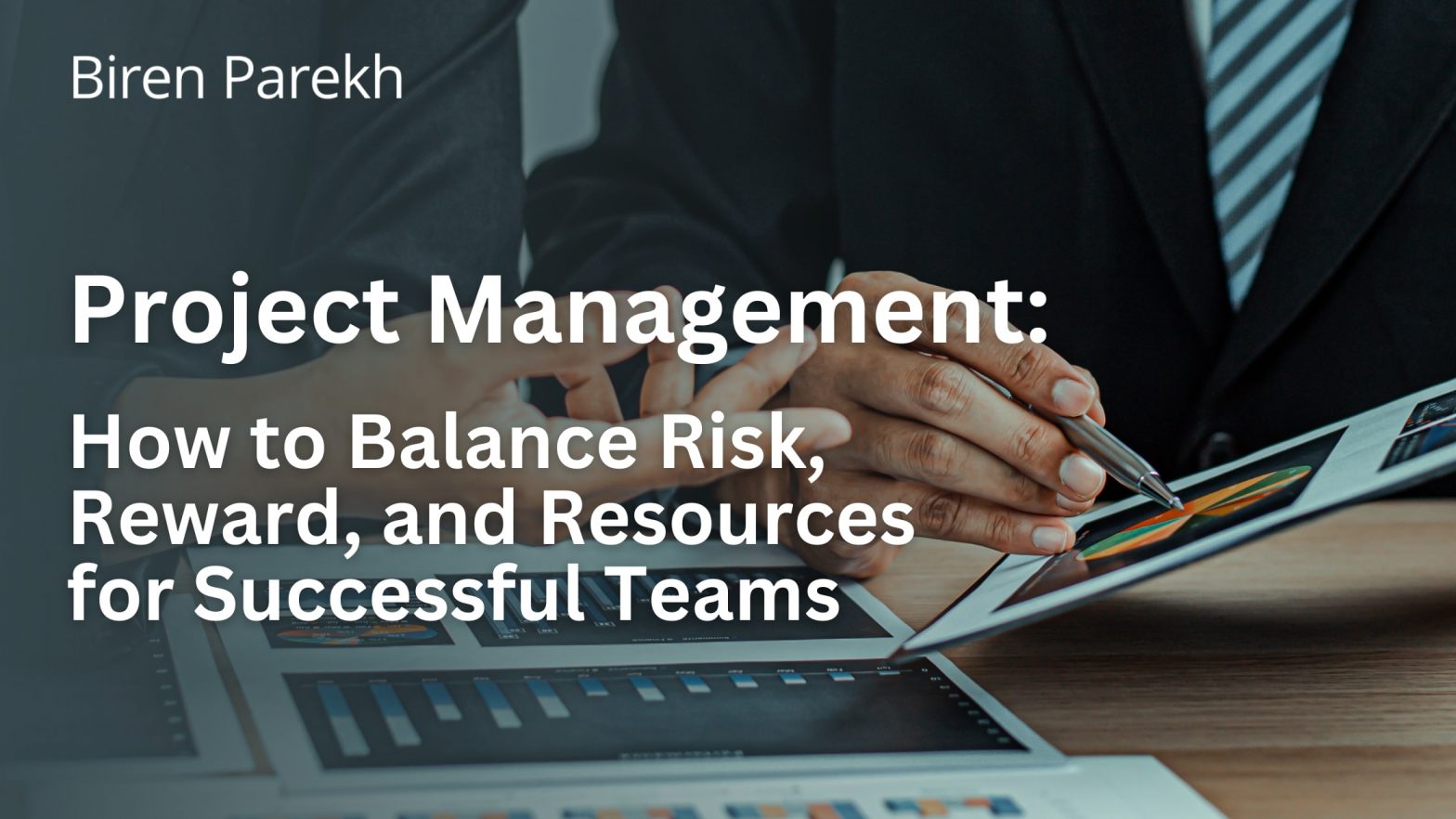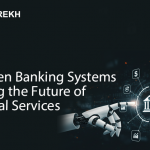Project Management: How to Balance Risk, Reward, and Resources for Successful Teams
Effective project management requires a proactive approach to balancing risk, reward, and resources throughout the project lifecycle. Projects rarely progress exactly as planned, and unforeseen challenges can impact timelines, budgets, and team productivity. By integrating robust risk management strategies, project managers can anticipate potential threats and mitigate their impact, ensuring that the team remains on track toward achieving project objectives. At the same time, focusing on rewards allows teams to prioritize high-value tasks, align efforts with strategic goals, and demonstrate measurable benefits to stakeholders.
Resource management plays a crucial role in this balance, as optimal allocation of time, budget, and personnel ensures that no team member is overburdened and that all project deliverables are achievable within constraints. Modern project management tools and data-driven analytics further empower managers to make informed decisions, track performance in real-time, and adjust strategies as conditions change.
Agile methodologies encourage iterative planning, continuous feedback, and flexibility, enabling teams to respond swiftly to risks while maximizing opportunities. Ultimately, the success of any project hinges on a manager’s ability to harmonize these three critical elements: risk, reward, and resources, creating an environment where teams can perform efficiently, achieve milestones, and deliver projects that meet or exceed expectations.
Understanding the Triad: Risk, Reward, and Resources
-
Risk: The Uncertainty Factor
Risk in project management refers to potential events or conditions that, if they occur, can have a positive or negative impact on project objectives. Effective risk management involves identifying, analyzing, and responding to these risks throughout the project lifecycle.
Key Strategies:
- Risk Identification: Continuously monitor for potential project risks, both internal and external.
- Risk Analysis: Assess the probability and impact of identified risks to prioritize them effectively.
- Risk Response: Develop strategies to mitigate negative risks and capitalize on positive opportunities.
2. Reward: The Desired Outcome
Reward encompasses the benefits and value that a project aims to deliver. Balancing reward involves aligning project goals with organizational objectives and ensuring that the potential benefits justify the associated project risks.
Key Strategies:
- Clear Objectives: Define measurable goals that align with the organization’s strategic objectives.
- Value Proposition: Regularly assess the project’s value to ensure it remains compelling and relevant.
- Stakeholder Engagement: Maintain communication with stakeholders to manage expectations and ensure alignment.
3. Resources: The Enabling Assets
Resources include time, budget, personnel, and technology required to execute the project. Efficient resource management ensures that the project has the necessary inputs to achieve its objectives without overextending organizational capabilities.
Key Strategies:
- Resource Planning: Develop a detailed resource plan outlining allocation and utilization.
- Capacity Management: Monitor team performance and prevent overallocation or burnout.
- Technology Utilization: Leverage project management software to streamline resource scheduling and tracking.
Best Practices for Balancing the Triad
1. Integrated Risk and Opportunity Management
Balancing risks and rewards isn’t just about mitigating threats but also about identifying and seizing opportunities. Integrating both aspects into project management processes enhances value delivery.
Implementation Tips:
- Dual Focus: Treat opportunities with the same diligence as risks, developing strategies to exploit them.
- Continuous Monitoring: Regularly review project risks and opportunities to adapt to changes.
- Scenario Planning: Use ‘what-if’ analysis to prepare for various project outcomes.
2. Agile Resource Allocation
Rigid resource management can hinder project success. Adopting agile project management allows for flexible resource allocation, enabling teams to adapt quickly.
Implementation Tips:
- Iterative Planning: Break the project into manageable phases with regular reviews.
- Cross-Functional Teams: Encourage collaboration among diverse team members for better problem-solving.
- Feedback Loops: Implement regular feedback sessions to improve project performance.
3. Data-Driven Decision Making
Leveraging data analytics can provide insights into project risks, resource utilization, and team performance, facilitating informed project decisions.
Implementation Tips:
- Risk Dashboards: Use visual tools to track and assess project risks in real-time.
- Performance Metrics: Establish KPIs to measure project success.
- Predictive Analytics: Employ forecasting models to anticipate potential issues and project opportunities.
Tools and Techniques for Effective Project Management
- Risk Management Software: Tools like Risk Register and Risky Project help in identifying, analyzing, and monitoring project risks.
- Project Management Platforms: Software such as Asana, Trello, and Jira facilitate resource planning and task management.
- Analytics Tools: Platforms like Tableau and Power BI enable data visualization and performance tracking.
Balancing risk, reward, and resources is a continuous process requiring vigilance, flexibility, and strategic planning. By adopting project management best practices, leveraging project management tools, and fostering a proactive mindset, project managers can lead teams to successful project outcomes. The key is not eliminating risk but managing it effectively to maximize rewards while optimizing resource utilization.
Frequently Asked Questions (FAQ)
Q1: How can I identify potential risks in my project?
Conduct brainstorming sessions, review historical project data, and consult stakeholders to identify project risks.
Q2: What is the difference between risk and issue in project management?
A risk is a potential event that may occur, whereas an issue is a current problem impacting the project.
Q3: How do I prioritize risks effectively?
Use a risk matrix to assess the probability and impact of each risk, prioritizing them based on severity.
Q4: What are common resource management challenges?
Challenges include overallocation, skill shortages, and lack of visibility into resource utilization.
Q5: How can I ensure stakeholder alignment throughout the project?
Maintain regular updates, meetings, and reports to keep stakeholders informed and engaged.






